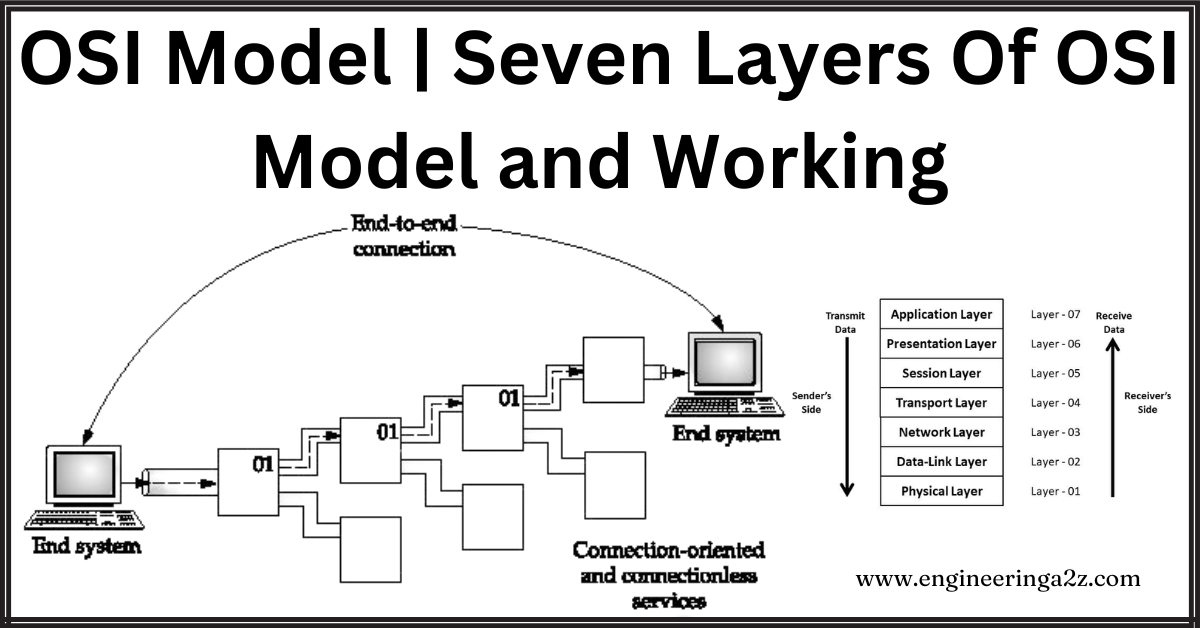
Table of Contents
OSI Model
OSI stands for open system interconnection. A computer network establishes a connection between the transmitter and receiver. There are two computer network models OSI/TCP-IP. It has a layered architecture that allows data communication. It has 7 layers.
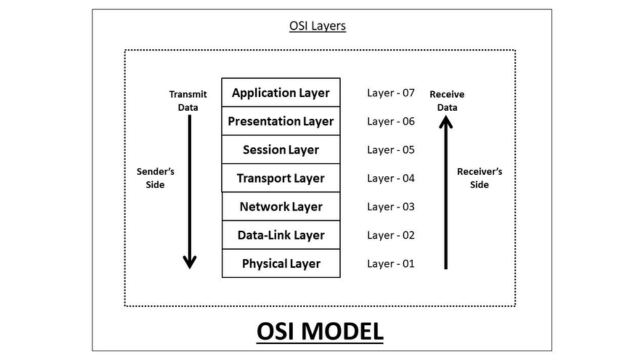
Types of OSI Model
- Physical Layer
- Data Link Layer
- Network Layer
- Transport Layer
- Session Layer
- Presentation Layer
- Application Layer
Physical Layer
It is the first and lowest layer of the model. It is the physical layer of the model. It transmits the data using the open system interface’s electrical, mechanical, or procedural interface.
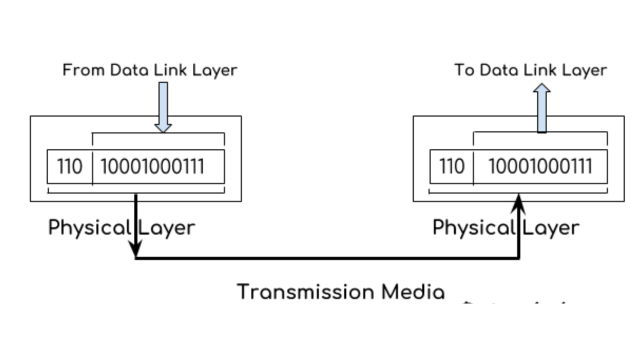
Data Link Layer
It is the second lowest layer of the open system interconnection model. It is used to ensure that data is synchronized. It is the responsible node-to-node delivery of data.
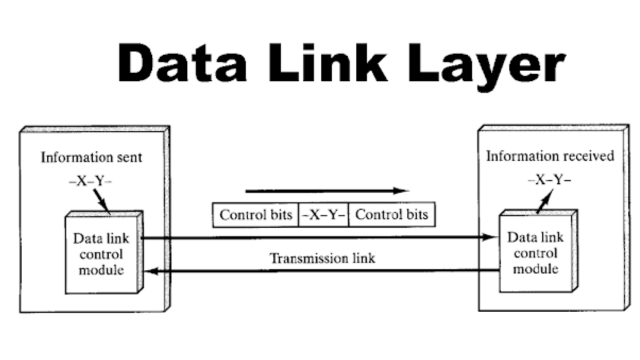
Network Layer
It is the third bottom layer of the open system interconnection model. It is responsible for establishing data communication channels between multiple networks. It is also used to receive frames from the data link layer and deliver them to them.
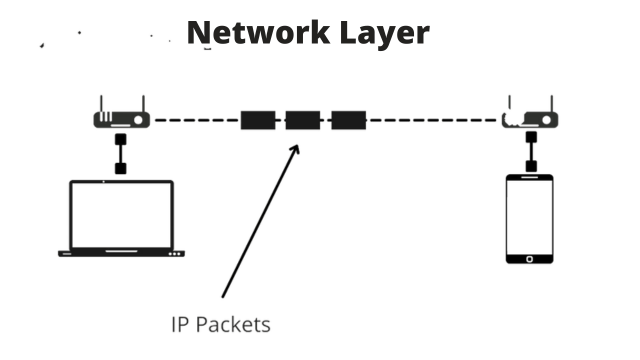
Transport Layer
It is the fourth layer of the (OSI) open system interconnection it is an independent layer of the (OSI). It manages network traffic between hosts and the system. It also ensures the delivery of the massage.

Session Layer
It is a fifth layer of the (OSI) open system interconnection. It is also known as the session layer. That controls the dialogue connection between computers. It provides appropriate sessions between users and entities.
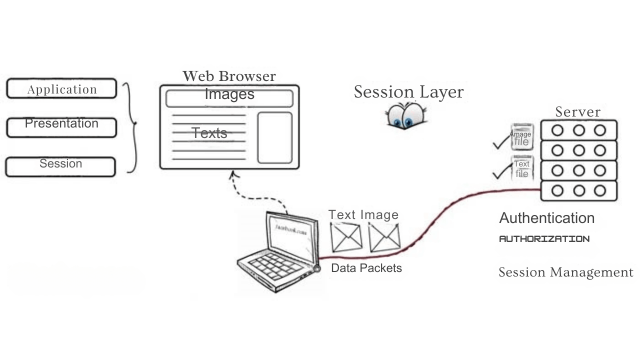
Presentation Layer
It is the sixth layer of the (OSI) open system interconnection. It prepares data for the application layer. It defines how the device encodes and encrypts. It also provides thorough presentation techniques.
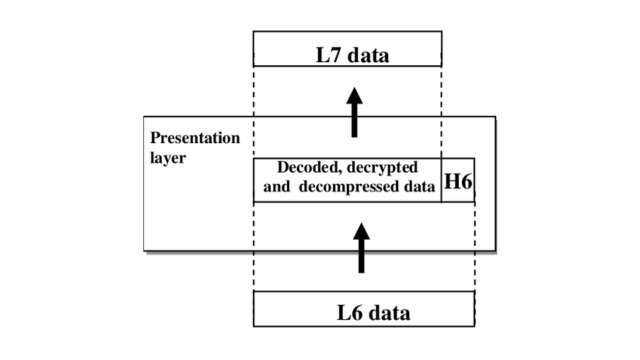
Application Layer
It is the seventh layer of the (OSI) open system interconnection. It is also known as the application layer. It provides an interface between various users and applications. It is the topmost layer of (OSI) Model.
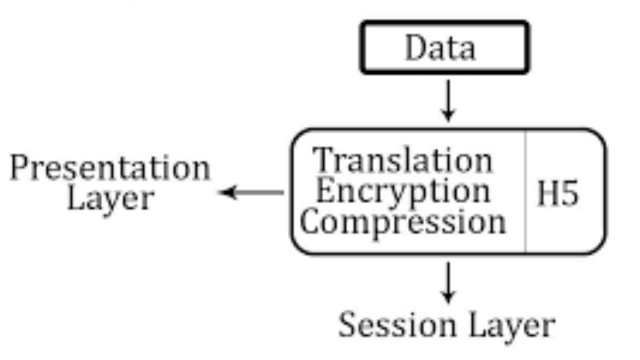
Working of Open System Interconnection (OSI)
The OSI model is a universal language of computer networks. It is splitting up a communication system into seven parts:
1. Physical layer-It is the first and lowest layer of the model. It transmits the data using the open system interface’s electrical, mechanical, or procedural interface.
2. Data link layer– It is the second lowest layer of the open system interconnection model. It is used to ensure that data is synchronized. It is the responsible node-to-node delivery of data.
3. Network layer-It is the third bottom layer of the open system interconnection model. It is responsible for establishing data communication channels between multiple networks.
4. Transport layer– It is the fourth layer of the (OSI) open system interconnection it is an independent layer of the (OSI). It manages network traffic between hosts and the system.
5. Session layer-It is a fifth layer of the (OSI) open system interconnection. That controls the dialogue connection between computers.
6. Presentation layer-It is the sixth layer of the (OSI) open system interconnection. It prepares data for the application layer. It defines how the device encodes and encrypts.
7. Application layer– The seventh layer of the (OSI) open system interconnection. It is also known as the application layer. It provides an interface between various users and applications.
Frequently Asked Questions (FAQs)
What are the names of the list layers of the OSI model?
1. Application layer
2. Presentation layer
3. Session layer
4. Transport layer
5. Network layer
6. Data link layer
7. Physical layerWhat is the OSI model?
A computer network establishes a connection between the transmitter and receiver.
What is the full form of OSI?
The full form of OSI is Open Systems Interconnection.












Leave a Reply